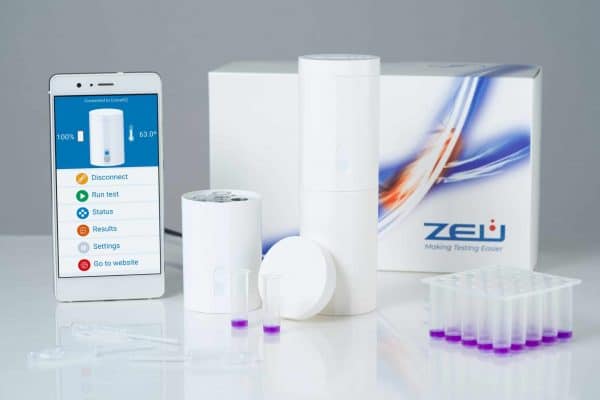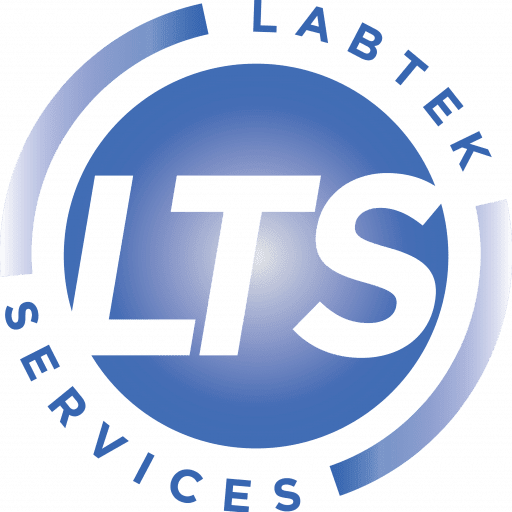

Milk Antibiotic Tests for the UK Dairy Farm
Huge fines face dairy farmers when antibiotics are detected in a farms milk destined for human consumption.
In countries throughout Europe , there is a long history of self-monitoring for these residues on the farm. In many cases, industry, veterinary and farming personnel collaborate in the financial and technical aspects of the control plan. This prevents many accidents without major consequences, by resolving problems on the farm.
There are 2 important control points for farmers:
Individual analysis of treated animals: It is fundamental to implement preventive management. No treatment is ever identical; births may be premature and the release kinetics of milk residues may vary. Carrying out a simple broad spectrum antibiotic milk test, such as the Eclipse Farm 4G, before entering the cow into the daily milking routine will prevent unexpected tank contamination.
Milk tank analysis: Checking the milk in the tank for potential human error before collection is a procedure that can save a lot of trouble. The addition of milk from a cow under treatment can lead to accidental contamination of a 3,000 L tank of milk and a high concentration of residues. This situation could lead to problems in silos of up to 100,000 L within dairy plants if the milk is not analysed. At this stage, a broad spectrum test (Eclipse Farm 4G) can be performed if there is time before collection by the lorry, or a rapid beta-lactam and tetracycline antibiotic milk test, such as Duplex BT Scan, if an immediate decision has to be made.
Fortunately, performing an individual check in cows or tanks today is a very simple task. Using small automatic analytical devices, a farmer can perform an antibiotic test in a few minutes. The results are sent to a mobile phone and can be shared in real time with the industry for integrated management.

